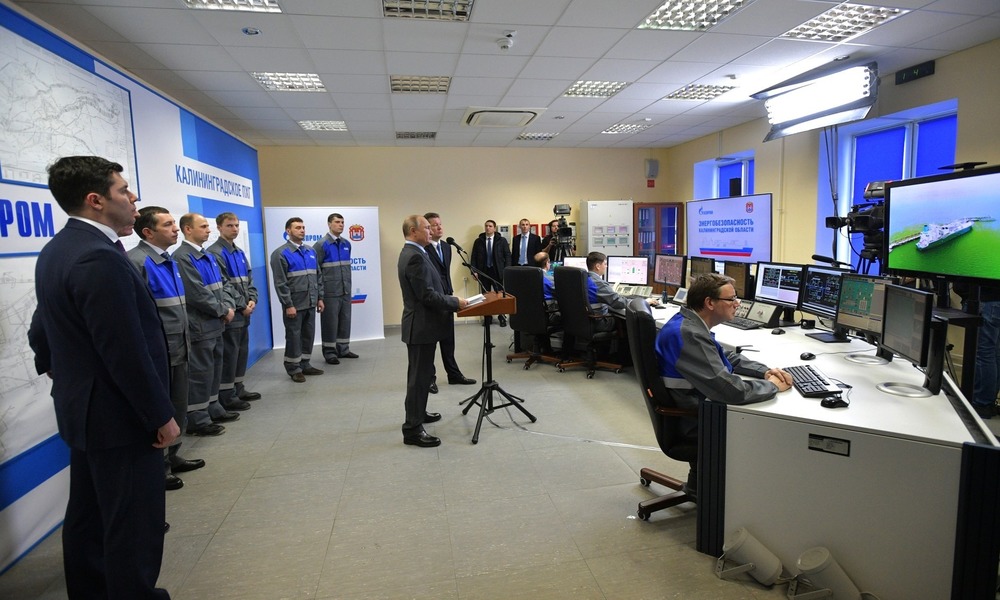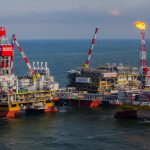RUSSIA MONITOR
Date: 24 January 2019
Kaliningrad LNG Terminal: Russia’s Costly Show
Russian President Vladimir Putin recently boasted about Kaliningrad’s gas independence, a solution that comes as politically effective yet economically profitable. A floating vessel had been built in the Far East, from where it was later shipped to Kaliningrad. Nonetheless, Russian infrastructure for LNG production and transport needs to be dramatically improved.

On January 8, Russian President Vladimir Putin visited Kaliningrad to take part in the launch of the “Marshal Vasilevsky” tanker that had come to Russia from Singapore in mid-December. Its total construction cost exceeded 300 million dollars. While visiting the Baltic exclave, Putin announced that gas supplies to the region could no longer be blocked by neighboring Lithuania. In addition, the terminal’s overall capacity is expected to fully satisfy local demand. In 2017, Kaliningrad consumed 2.4 bcm of gas while the tanker’s annual regasification capacity is estimated at some 3.1 bcm. Yet blue fuel producers need to face yet another challenge which is providing the terminal with gas supplies.
In fact, Russia disposes of its own LNG export facilities, all of which are located in the Russian Far North. Due to its geographic location, the maritime shipment from the region is both costly and time-consuming. As a result, the price of LNG imported to Kaliningrad is currently 4.5 times more expensive than that of raw material pumped through Belarus and Lithuania. Nevertheless, according to Putin, an average Russian consumer will not feel the difference. The state’s financial aid means in fact money from all Russian taxpayers. Russia’s Kommersant newspaper estimated that the full use of the terminal may cause losses of 27 billion roubles a year, mainly due to the difference in LNG costs and the state-regulated price gas in the Kaliningrad region. Furthermore, Gazprom is not able to pump blue fuel through the terminal as gas facilities located in Russia’s Far North are owned by Novatek, the country’s biggest liquefied natural gas producer. Even though natural gas liquefaction installation in the Leningrad Oblast is set to be completed sooner than in a year, it will surely not have the capacity of fully satisfying the region’s gas needs. Interestingly, such a new plant would be capable of sending all LNG reserves to Kaliningrad, yet a similar decision is unlike to be made as Gazprom hopes to get some profits from the newly-constructed installation. Last but not least, Russia has a contract with Lithuania on gas transit to Kaliningrad in the amount of up to 2.5 billion cubic meters per year. The deal is bound to expire in 2025. If Russia’s Gazprom breaches the deal or decides to reduce gas volumes, Lithuania will file a lawsuit to an international arbitration court. Facing such a threat Vilnius will not give up because transit fees translate into a considerable money boost for the state budget.
All texts published by the Warsaw Institute Foundation may be disseminated on the condition that their origin is credited. Images may not be used without permission.














